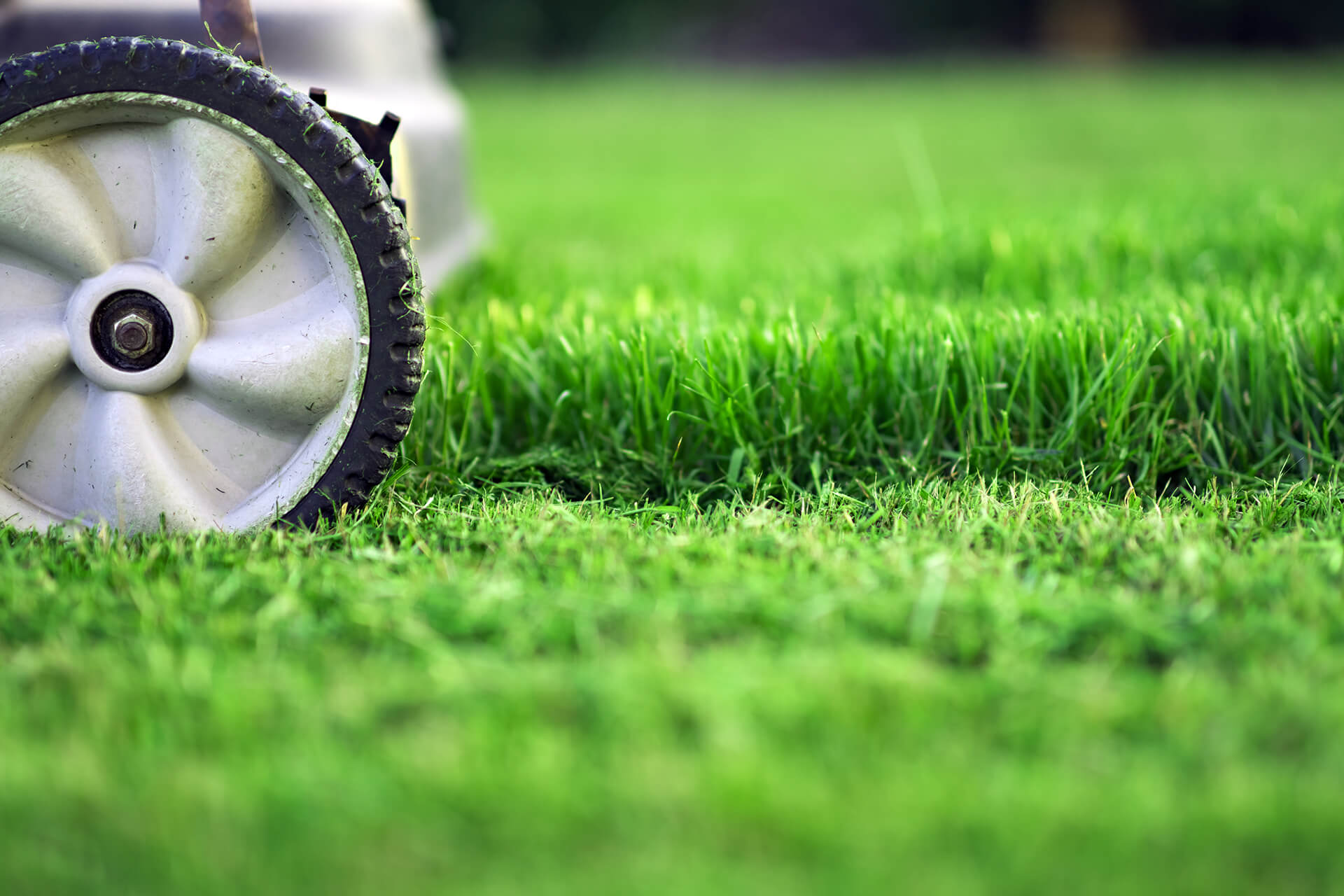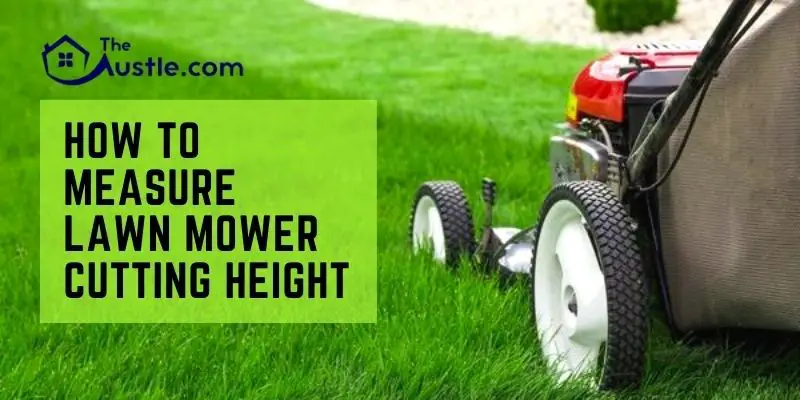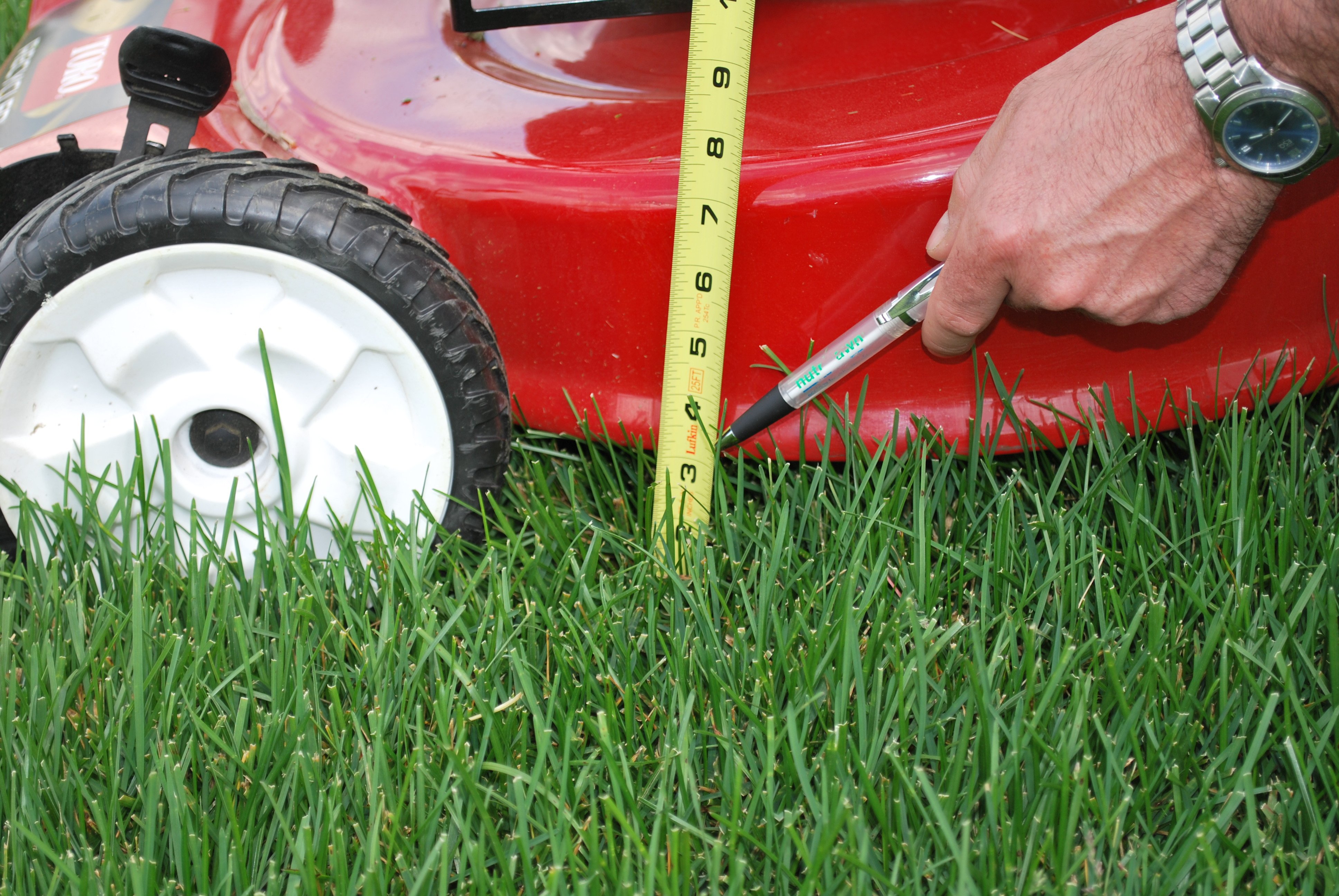Why Mowing Height Matters
Mowing height is a critical aspect of lawn care that can significantly impact the health, appearance, and overall maintenance of your yard. When done correctly, mowing at the ideal height can promote healthy grass growth, prevent disease and pest issues, and create a lush, well-manicured appearance. On the other hand, mowing at the wrong height can lead to a range of problems, including scalping, weed growth, and thatch buildup. By understanding the importance of mowing height and how to determine the ideal height to mow grass for your specific lawn, you can take your lawn care to the next level and achieve a professional-looking yard that is the envy of the neighborhood.
Understanding Grass Types: A Guide to Optimal Mowing Heights
When it comes to determining the ideal height to mow grass, understanding the type of grass you have is crucial. Different grass types have unique characteristics and requirements, and mowing at the wrong height can lead to a range of problems. Cool-season grasses, such as Kentucky bluegrass and perennial ryegrass, thrive when mowed at a height of 2.5-3 inches, while warm-season grasses, like Bermudagrass and zoysiagrass, do best when mowed at a height of 1-2 inches. Perennial ryegrass, a popular choice for lawns in transition zones, requires a mowing height of 2-2.5 inches. By understanding the specific needs of your grass type, you can adjust your mowing height accordingly and promote healthy growth, prevent disease and pest issues, and achieve a lush, well-manicured appearance.
The Consequences of Mowing Too Low or Too High
Mowing at the wrong height can have devastating consequences for your lawn. Mowing too low, also known as scalping, can cause significant stress to the grass, making it susceptible to disease and pest issues. This can lead to a range of problems, including bare spots, thinning, and even lawn death. On the other hand, mowing too high can result in weed growth, thatch buildup, and a generally unkempt appearance. Thatch, a layer of dead and decaying plant material, can harbor pests and diseases, further compromising the health of your lawn. Additionally, mowing too high can also lead to shallow root growth, making your lawn more vulnerable to drought and other environmental stressors. By understanding the consequences of mowing at the wrong height, you can take steps to determine the ideal height to mow grass for your specific lawn and avoid these common pitfalls.
How to Determine the Ideal Mowing Height for Your Lawn
Determining the ideal height to mow grass for your lawn requires consideration of several factors, including climate, soil type, and grass density. To get started, observe your lawn’s natural growth habits and take note of the grass type, as different species have unique mowing requirements. In general, cool-season grasses thrive when mowed at a height of 2.5-3 inches, while warm-season grasses do best when mowed at a height of 1-2 inches. Perennial ryegrass, a popular choice for lawns in transition zones, requires a mowing height of 2-2.5 inches. Additionally, consider the soil type and moisture levels, as lawns with dense soil or frequent watering may require a slightly higher mowing height. By taking these factors into account, you can determine the ideal height to mow grass for your specific lawn and achieve a lush, healthy appearance.
Another important consideration is the grass density, as lawns with dense growth may require more frequent mowing at a slightly lower height. Conversely, lawns with sparse growth may benefit from a higher mowing height to promote healthy growth. To further refine your mowing height, observe your lawn’s response to different mowing heights and adjust accordingly. By following these steps and considering the unique characteristics of your lawn, you can determine the ideal height to mow grass and enjoy a beautiful, well-manicured yard.
The Role of Mower Blade Height in Lawn Care
Mower blade height plays a crucial role in maintaining a healthy and well-manicured lawn. When set at the correct height, the mower blade ensures a clean cut, promotes healthy growth, and prevents damage to the grass. A blade set too low can scalp the lawn, leaving it vulnerable to disease and pests, while a blade set too high can lead to uneven cutting and a rough appearance. To achieve the ideal height to mow grass, it’s essential to adjust the mower blade height according to the type of grass, climate, and soil conditions.
For example, cool-season grasses require a higher mower blade height to promote deep root growth and prevent weed invasion. Warm-season grasses, on the other hand, benefit from a lower mower blade height to encourage dense growth and prevent thatch buildup. By adjusting the mower blade height accordingly, homeowners can ensure a lush, healthy lawn that requires minimal maintenance. Additionally, regular sharpening of the mower blade is essential to prevent tearing the grass and promoting healthy growth.
Tips for Maintaining the Perfect Mowing Height
Maintaining the ideal height to mow grass is crucial for a healthy and well-manicured lawn. To achieve this, it’s essential to develop a mowing routine that takes into account the specific needs of your lawn. Here are some practical tips to help you maintain the perfect mowing height:
Firstly, adjust your mower to the recommended height for your grass type. For cool-season grasses, this is typically between 2.5-3 inches, while warm-season grasses require a height of 1-2 inches. Perennial ryegrass, a popular choice for lawns in transition zones, should be mowed at a height of 2-2.5 inches.
Secondly, create a mowing schedule that takes into account the growth rate of your grass. For most lawns, mowing once a week is sufficient, but this may need to be adjusted during periods of rapid growth. Monitor grass growth and adjust your mowing schedule accordingly to maintain the ideal height to mow grass.
Thirdly, pay attention to your mowing pattern. To prevent creating ruts and compaction, alternate your mowing pattern each time you mow. This will also help to promote even growth and prevent the development of bare spots.
Finally, monitor your lawn’s response to different mowing heights and adjust accordingly. If you notice your lawn is becoming too dense or too sparse, adjust your mowing height to promote healthy growth. By following these tips, you can maintain the perfect mowing height and enjoy a lush, healthy lawn.
Common Mistakes to Avoid When Mowing Your Lawn
When it comes to mowing your lawn, there are several common mistakes that homeowners make, which can negatively impact the health and appearance of their grass. By being aware of these mistakes, you can take steps to avoid them and maintain a lush, healthy lawn at the ideal height to mow grass.
One of the most common mistakes is mowing in the same pattern every time. This can create ruts and compaction, which can lead to bare spots and uneven growth. To avoid this, alternate your mowing pattern each time you mow, and consider mowing in a diagonal pattern to promote even growth.
Another mistake is mowing too frequently. While it may seem like a good idea to mow your lawn every few days, this can actually cause more harm than good. Mowing too frequently can stress the grass, making it more susceptible to disease and pests. Instead, mow your lawn when it needs it, and adjust your mowing schedule based on the growth rate of your grass.
Neglecting to leave clippings is also a common mistake. Leaving clippings on the lawn can act as a natural fertilizer, promoting healthy growth and reducing the need for synthetic fertilizers. Additionally, leaving clippings can help to retain moisture in the soil, reducing the need for frequent watering.
Finally, failing to maintain your mower can also have negative consequences. A dull mower blade can tear the grass, leaving it vulnerable to disease and pests. Regularly sharpening your mower blade and performing routine maintenance can help to ensure a clean cut and promote healthy growth.
By avoiding these common mistakes, you can maintain a healthy, well-manicured lawn at the ideal height to mow grass. Remember to mow in a pattern, adjust your mowing schedule, leave clippings, and maintain your mower to achieve a lush, healthy lawn.
Achieving a Professional-Looking Lawn with Proper Mowing Techniques
By mastering the art of mowing at the ideal height to mow grass, homeowners can achieve a professional-looking lawn that is the envy of the neighborhood. Proper mowing techniques not only improve the appearance of your lawn but also promote healthy grass growth, increase property value, and reduce maintenance costs.
A well-manicured lawn is a key element in enhancing your home’s curb appeal. By maintaining the ideal mowing height, you can create a lush, green lawn that is free of weeds, pests, and diseases. This, in turn, can increase your property value and make your home more attractive to potential buyers if you ever decide to sell.
In addition to its aesthetic benefits, proper mowing techniques also promote healthy grass growth. By mowing at the ideal height, you can encourage deep root growth, improve soil density, and reduce the risk of disease and pests. This means you’ll spend less time and money on lawn care maintenance, and more time enjoying your outdoor space.
Furthermore, a professional-looking lawn can also boost your pride of ownership and create a sense of community. A well-manicured lawn can become a focal point for neighborhood gatherings and outdoor activities, fostering a sense of connection and camaraderie with your neighbors.
In conclusion, achieving a professional-looking lawn with proper mowing techniques is within reach. By understanding the importance of mowing height, choosing the right mower, and maintaining a regular mowing schedule, you can create a lush, healthy lawn that is the perfect complement to your home. Remember, the ideal height to mow grass is crucial in achieving a well-manicured lawn, so make sure to adjust your mower accordingly and enjoy the benefits of a beautiful outdoor space.







